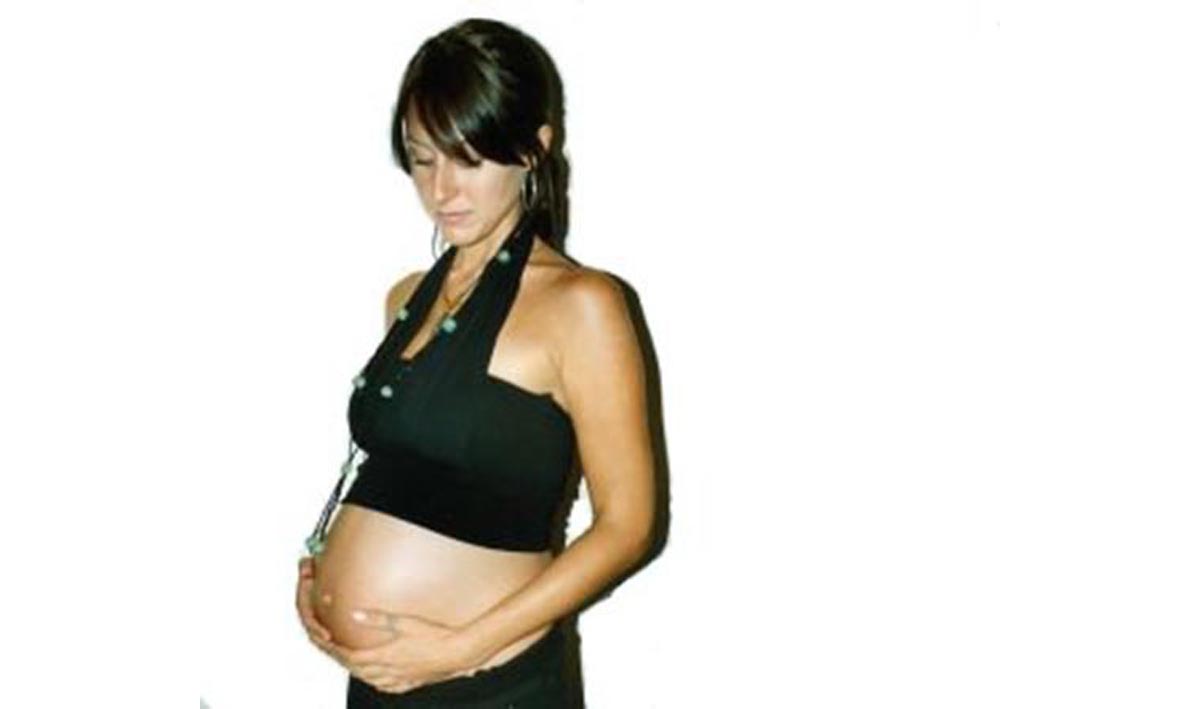Table of Contents
Pain is one of the most serious concerns laboring mothers have. For those women who are hoping to have a natural, medication-free labor and birth, trying out different laboring positions is almost certainly the most powerful tool. The yoga positions that I learned while I was pregnant helped me to intuitively find the most comfortable laboring positions.

A yoga ball — often used in prenatal yoga — will be of immense use to you during pregnancy, but can be invaluable during birth. Pelvic stretches using an exercise ball are a wonderful example of an exercise you'll really value.
Besides preparing your pelvic muscles for birth, this exercise also mimics the rhythmic swaying that you are bound to find comforting during labor contractions:
https://www.youtube.com/watch?v=RSrW2rTLufc
Other exercises serve to open both the pelvis and the hips without an exercise ball. The video below shows how you can work on your flexibility and practice the breathing you'll need to get through a particularly tough contraction as well. What's interesting is that this position is totally counter-intuitive to the average woman.
The chances are that you think of being flat on your back when you think of labor. Yet, the wide-legged, forward leaning position is what saved me during transition with my first baby.
Late-pregnancy squats are another good way to prepare your body for labor. Repeating these impressive-looking squats at least ten times, with your knees at a straight angle during the lowest point, increases your strength during labor and works on your flexibility. This exercise is also going to help your postpartum fitness, as it works on muscles that are often neglected during pregnancy.
You can start performing these squats as soon as you find out you are pregnant. Doing regular squats from the first trimester onwards will ensure that you are optimally fit throughout your pregnancy. If you try doing these exercises, you will find that it also gives your abdominal muscles a gentle and safe workout. That is a bonus, because it is physically impossible to perform ab crunches during pregnancy.
As you progress into your third trimester of pregnancy, the warrior pose is another excellent exercise to open your hips up. This is one of the few positions that will still be comfortable to you when you have a huge baby bump, but it is also a good exercise to practice after you give birth — it works towards getting rid of fat build-up on your hips, which most women will “battle” with after they have had a baby.
Deep squats are a great way to open your hips, and to work your hamstrings and quadriceps. This exercise will do wonders for your body, but moms to-be who are expecting a breech baby or who have had hemorrhoids should not practice it after they're 36 weeks pregnant.
Finally, there is a position that can best be described as an adapted lotus pose for pregnancy. This yoga pose requires you to sit with your back straight, with your hips bent out and the soles of your feet touching. The pose may feel a little uncomfortable first. Take deep breaths while you are in this position, and allow your mind to wonder off to a relaxing and safe place, such as a beach — imagine the sound of waves and birds, and keep on focusing on your breathing. This pose opens your hips and pelvis, and is suitable for the third trimester but also for early labor.
During the climax of this exercise, to lean backward and rest your hands on the floor behind you. This pose is very comfortable during the pushing stage, for some women. You can even use this position during the birth of your baby if it still feels good.
Practicing prenatal relaxation and yoga techniques during pregnancy is beneficial for almost all pregnant women, and a great many of the eight videos included within this article are also very suitable for the early stages of labor, as well as the pushing stage and even during birth itself.
With the exception of Kegel exercises, it is always essential to pay close attention to your body. Yoga poses create increased flexibility, and a few of these exercises will feel uncomfortable when you first attempt them. That's normal, but stop if you feel any pain.
Women who were fit before they went into their pregnancy should be able to perform all of these exercises, unless they are put on bed rest for medical reasons. Still, only you and your healthcare provider are aware of the details surrounding your pregnancy and health, and it is always beneficial to consult your OBGYN or midwife about exercise programs, whether you do them at home or at a prenatal exercise class.

